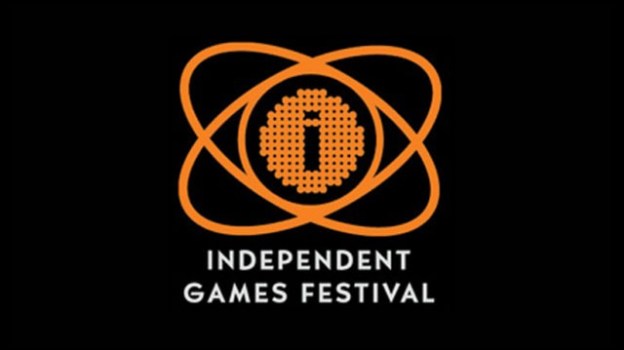
There’s one thing you can always count on at the annual Game Developer’s Conference: an Independent Games Festival Pavilion bursting with great ideas and fresh-faced young developers. This year was no different. Some talented indie up-and-comers came out with their best, students and AAA veterans alike. So for this week’s special edition of Digital Blend, I’m going to look at some of the cool stuff I saw.
To be clear, this isn’t a rundown of The Best. Everyone in the IGF Pavilion deserves your attention. This is just the handful that I got to spend time checking out. Keep an eye on them. Good stuff to come. Enough stage-setting … let’s take a look!
 Gone Home
Gone Home
The Fullbright Company brings some killer development chops along to the first-person narrative-driven experience, Gone Home. Founder Steve Gaynor wrote and served as lead designer on the excellent BioShock 2 DLC, Minerva’s Den. Gaynor also put in a year on BioShock Infinite in Boston before moving to Portland and luring a handful of his former 2K Marin colleagues there to work on something fresh.
That something is Gone Home. The eldest Greenbriar daughter (you) returns home from a year-long trip abroad. She arrives on a conveniently dark and stormy night to find an empty house. There is a mystery here that needs to be solved, one that you get to the bottom of as you search around for clues. There’s not-quite-menacing atmosphere in the empty house, with the story unfolding naturally as you examine objects and read notes in your search for the truth.
Read more about Gone Home on the official IGF website and on The Fullbright Company’s own homepage. I’ll have more to share next week from my chat with Gaynor on the show floor.
 Samurai Gunn
Samurai Gunn
Beau Blyth’s excellent retro-style samurai-with-Glocks multiplayer game can easily be summed up in one word: awesome.
Samurai Gunn pits up to four players against one another in a series of 8-bit arenas. Each samurai is armed with a sword that can slash out in four directions and a pistol loaded with three shots per life. The flow of the game is straightforward: a successfully landed attack – sword or gun, doesn’t matter – is a one-hit kill. Simultaneous sword slashes deflect off of one another. Some environments move or feature spike hazards, others include destructible bamboo scenery. The most kills wins, with ties being decided on a level plane in a sunset duel.
Blyth doesn’t have a release date finalized yet, but he’s shooting for this year. Definitely keep an eye out for this one. Find out more on the IGF website and on the game’s official site, Teknopants.com. You can also keep up with Blyth on Twitter.
 Blackwell’s Asylum
Blackwell’s Asylum
Blackwell’s Asylum is an 1890-set student project that was developed by Blackpipe, over the course of a six week crunch . It’s a short game that could easily be fleshed out into a longer one (and hopefully will be). The story opens in a first-person perspective, with your nameless character being held down by the asylum’s warden while a doctor injects you with some nefarious substance. Your vision blurs, and the world around you starts to swim as your captors release you. Now you’ve got to escape!
The game features an assortment of inventive ideas and a cool visual aesthetic that doubles as a gameplay hook, since your constantly swimming vision makes navigation … a bit of a challenge. Find out more about Blackwell’s Asylum on the official IGF website and on the game’s website. And hey! You can actually play it for yourself right now! Go find it on Steam.
 Pulse
Pulse
Finally we have Pulse, another student project from Team Pixel Pi. This Vancouver-based crew came up with a nifty concept for its first-person puzzle-exploration game: the main character is blind. You play as Eva, a young girl who is out to find her brother after he steps in to take her place in their culture’s rite of passage. Eva may not be able to see, but the environment around her is shaped through echolocation. You find your way around using static sound sources, such as fire, or by tossing around fuzzy creatures called Mokos.
Like Blackwell’s Asylum, this student project runs on the shorter side. Team Pixel Pi has big plans though. They’ve established a bigger story for this game and hope to find additional support for it on Kickstarter. Keep up with the game’s progress – and try it out for yourself! – on the Team Pixel Pi website, or check out the official entry on IGF’s website.






